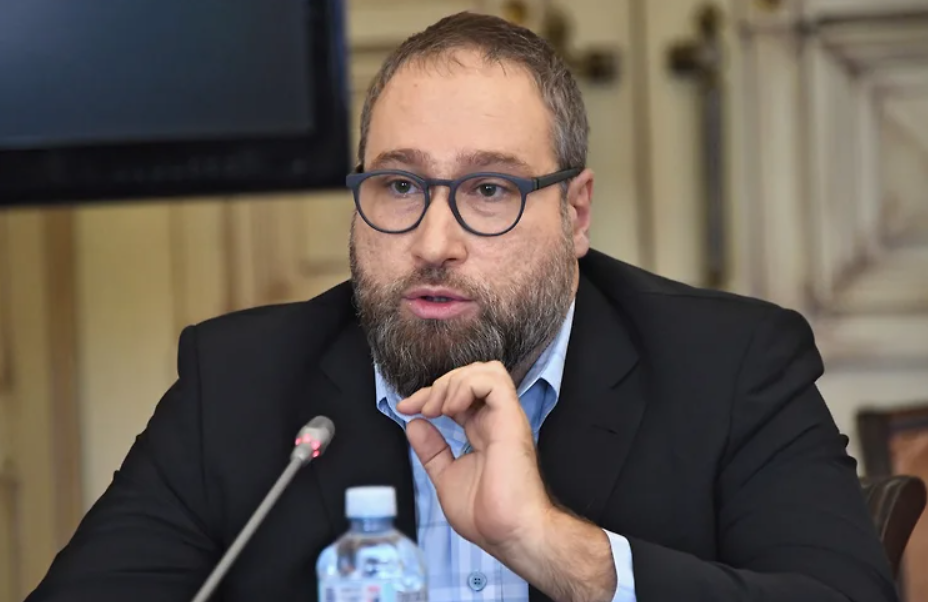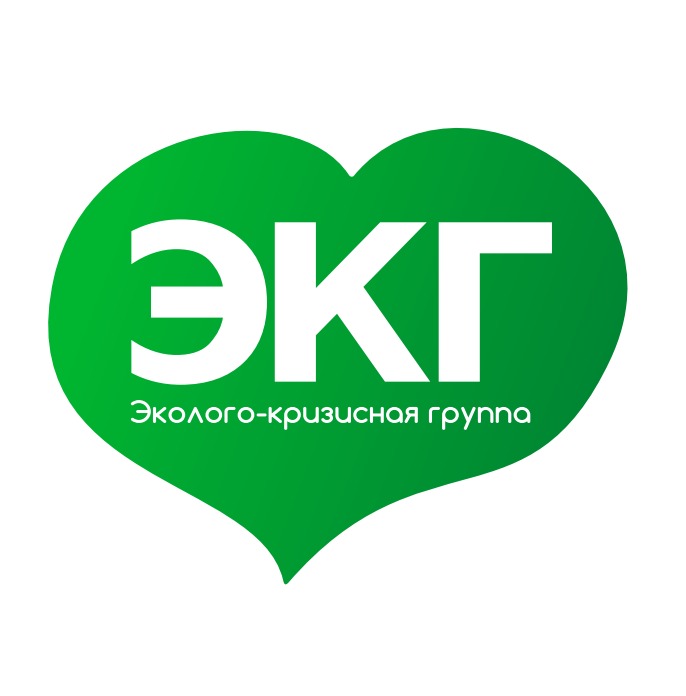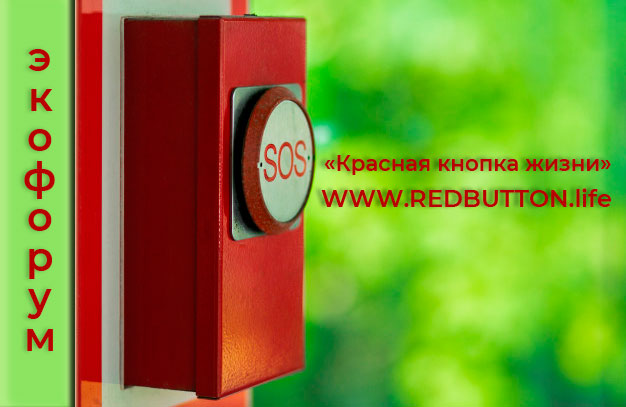The Koksovy coal mine (tax number 4211014419) owns and operates at the open-pit mine, located on the site of the former “Vakhrushev Mine.” The mine was put into operation on January 8, 1941, and was originally called “Kapitalnaya 1” to be renamed six years later after Vasily Vakhrushev, then People’s Commissar of the Coal Industry of the USSR. (Note: The official name is “Uchastok Koksovy” (uchastok means “site,” and koksovy means “(pertaining to) coke, coking coal.” End Note.)
The Koksovy coal mine (tax number 4211014419) owns and operates at the open-pit mine, located on the site of the former “Vakhrushev Mine.” The mine was put into operation on January 8, 1941, and was originally called “Kapitalnaya 1” to be renamed six years later after Vasily Vakhrushev, then People’s Commissar of the Coal Industry of the USSR.
The mine produced coking coal and sintering coal, characterized by high carbon content (89-90 percent), demanded by industry.
The mine falls into the category of “most dangerous” not only due to methane emissions but also because of dust and because the coal seams were prone to spontaneous combustion. The steep slope of coal seams made mining even more difficult. All this led to the mine’s closing in 1998. However, the presence of large reserves of premium coal made it economically feasible to mine it in an open pit. Mining operations were resumed in 2002. Currently, the depth of the quarry is more than 360 meters (1,180 ft). The extracted coal is enriched at the Beryozovsky Central Enrichment Plant (Berezovsky city, Kemerovo Oblast), and part of the output is exported.
OWNERS
The mine belongs to PAO Koks (Note: PAO is a publicly held company under the laws of the Russian Federation. End Note.), the local economic mainstay in Kemerovo Oblast, a.k.a. Kuzbass. PAO Koks is part of the Industrial and Metallurgical Holding (IMH), headquartered in Moscow, and at the same time it is the founder of the IMH. The management company is the IMH Management Company, 100 percent owned by PAO Koks.
The main beneficiary of the company was an oligarch and State Duma deputy in 1999-2016, Boris Zarubitsky (died in 2017), whose family owned 100 percent of the company stock. Zarubitsky was known to be a protégé of then Kemerovo Oblast Governor Aman Tuleyev and was one of the founders of the currently ruling United Russia party. In violation of the law, he combined his parliamentary work with business activities. He was included in the list of the richest civil servants in Russia. Zarubitsky’s fortune was estimated at USD 350-800 million. However, it is likely that he actually controlled assets worth more than USD 3 billion, formally registered in the name of his family members who did not hold any government posts. At present, the IMH is controlled by his sons, Yevgeny and Andrey.
TAX EVASION SCHEMES
Despite the fact that the open-pit mine produces premium coal, in 2020 the Koksovy mine suffered a loss of 3.9 billion rubles (USD 52 million). To compare, in 2019 the profit was 1.8 billion rubles (USD 24 million). In 2018–2020, the parent company PAO Koks showed losses of 3.2 billion rubles (USD 42.7 million), 0.35 billion rubles (USD 4.7 million), and 9.3 billion rubles (USD 124 million), respectively.
The Zarubitsky family use the traditional Russian capital withdrawal scheme, in which production facilities bear all costs, and the sale of finished products (cast iron, coke, etc.) is carried out by fly-by-night firms and foreign offshore companies. For example, Buclinton Holding Ltd, registered in the British Virgin Islands, is fully controlled by the Zarubitsky family. It is also known that Boris Zarubitsky bought residential real estate in Switzerland, but there is no information available on whether it is related to his business or not.
INVOLVEMENT IN CORRUPTION AND CRIME
The success of extracting companies in Russia depends to a large extent on having “good relations” with government officials. Oligarch Boris Zarubitsky had friendly relations with the former Governor of Kemerovo Oblast, Aman Tuleyev, which enabled him to consolidate many assets in the region. This ensured that the oligarch’s companies were immune from harassment by the police and regulatory government bodies. Companies providing jobs for locals, such as PAO Koks, not only go unpunished for not paying taxes, but also receive government subsidies.
On the night of November 1, 2019, former Kiselyovsk mayor Sergey Lavrentyev was killed. Kiselyovsk city deputy Vladimir Vasilyev and some other locals believe that the murder was committed to conceal Lavrentyev’s embezzlement of funds allocated from the federal budget for the rehabilitation of mines and the creation of new jobs. Rumors link this murder to PAO Koks, whose core business, on paper, is rehabilitation of mines, under the guise of which the company extracts coal.
A specific feature of Russia’s current public administration system is its focus on serving the interests of big business. As a result, the regulatory agencies actually perform the opposite function—instead of revealing violations of the law, they cover up the violations. For example, residents of Kiselyovsk have repeatedly filed complaints with Rospotrebnadzor (the Russian consumer safety watchdog a.k.a. the Federal Service for Supervision of Consumer Protection and Welfare) about violations of the environmental legislation by PAO Koks, requesting that air quality tests be done, especially the content of heavy metals in the air. However, Rospotrebnadzor ignored the requirements of Article 52 of the Federal Law “On Sanitary and Epidemiological Welfare of the Population,” which obliges it to take such steps upon request of citizens. Kiselyovsk residents appealed to the court with a complaint against the criminal inaction of the regulatory agency, but the court sided with the defendant and, quite absurdly, ruled that Rospotrebnadzor has the right but not the obligation to comply with federal legislation.
ENVIRONMENTAL DAMAGE
An open-pit mine is more cost-effective and safer for miners than an underground mine. However, due to the coal dust that accompanies mining and much larger dumps, which are the source of coal dust and large-scale chemical contamination of air, soil, surface and ground water, open pits are much more dangerous to the health of people living nearby. The dumps that are inevitably associated with open-pit mining contain a lot of heavy metals. At least eight heavy metals within the city of Kiselyovsk exceed the acceptable limits, including copper (12 times higher), arsenic, manganese, and nickel (3.6 times each). Coal also contains radioactive uranium, thorium, and potassium-40.
The development of open pits on the site of former mines was a tragedy for Kiselyovsk. Although there are operating mines within city limits nationwide, open-pit mines are the first class of danger, therefore such mines must not operate in urban areas. Nevertheless, the Koksovy open-pit mine is located in downtown Kiselyovsk, a city that evolved from villages surrounding the mines.
Wishing to avoid responsibility for non-compliance with environmental and technological standards, company owners and officials at some point colluded to forge documents. Today, on paper the quarry is not a coal mine but a “site” at the place of the liquidated Vakhrushev mine, where the company carries out works to rehabilitate the land, eliminate waste dumps, and prevent endogenous fires, with some associated coal mining operations. Although the company produces 600 thousand tons of coal a year by open mining, it does not have the status of a coal miner. Paradoxically, this makes it possible not to comply with industrial safety standards or environmental regulations mandatory for coal mining facilities.
In 2008, an inspection of the prosecutor’s office, conducted on the complaint of local residents, found that the subsoil development project at the Koksovy open-pit mine had been adopted with gross violations of sanitary regulations. One of them was understating the class of the facility in terms of environmental impact. According to the project, the “Koksovy Site” was a facility of Hazard Class 3, with a sanitary protection zone of 300 meters (984 ft or 0.19 mi). In reality, the Koksovy open-pit mine should belong to Hazard Class 1, since it meets all the characteristics of a coal mine. The size of the sanitary protection zone for such facilities is 1,000 meters (3,281 ft or 0.6 mi) by law, which entails the obligation to resettle the residents whose homes are in dangerous proximity to the quarry. Given that the Koksovy mine is located in the center of Kiselyovsk, resettlement of the residents would have become a big burden for the company.
According to the inspection report, the company was engaged exclusively in open pit mining, and the “rehabilitation works” consisted in placing dumps on the disturbed land, which, incidentally, does not result in rehabilitation of the land damaged during industrial coal mining.
The Novokuznetsk inter-district environmental prosecutor appealed to the Kiselyovsk court, asking to declare the site’s sanitary and epidemiological report invalid and to annul it altogether, which would have meant the cessation of commercial operation of the coal mine. However, the prosecutor’s appeal had no consequences.
In 2009, locals appealed to Federation Council Chairman Sergey Mironov, who initiated an inspection of Rospotrebnadzor that found that the company was extracting coal in violation of the company’s license terms. The inspection report also stated the absence of an appropriate sanitary zone. However, the company got away with a small fine of 310,000 rubles (USD 4,133).
PUBLIC PROTESTS
In June 2019, a group of Kiselyovsk residents recorded an appeal to Canadian Prime Minister Justin Trudeau and UN Secretary-General António Gutteres to save them from an environmental disaster. The message said that the residents suffered from coal dust and exhaust gases of big quarry trucks, and that the city had a high incidence of cancer, but people were too poor to leave their homes and move to another city and no one was interested in buying their homes anyway. At the same time, people did not receive any help from the authorities because those officials, who were supposed to monitor the safety of the environment, sided with the coal companies. Because of this, the residents were asking Prime Minister Trudeau to grant them the status of environmental refugees and to permit them to move to Canada. They asked the UN Secretary General to “tell Russia’s representatives in the organization about the numerous problems of Kuzbass.” The Koksovy mine was among the major irritants for the desperate population.
Under pressure, the Governor of Kemerovo Oblast, Sergey Tsivilyov, promised to relocate the residents of 71 houses adjacent to the underground fire. The promise remained unfulfilled.
In the fall of the same year, Kisilyovsk residents held a rally demanding that the mayor resign, no city land be given to coal companies, mining operations be reduced, and residents be relocated from dangerous neighborhoods. The authorities resented the demands in every possible way. For example, four activists heading to the rally from Novokuznetsk city were illegally detained. The Kiselyovsk city authorities have been cracking down on independent media. In Russia, organizers of rallies or other public events must apply for official permits; similarly, Kiselyovsk Mayor Maksim Shkarabeynikov ordered that local journalists receive such permits to conduct any interviews or opinion polls. Opposition journalists have been attacked.
@blackmark_en – in Russian
Follow us:
Telegram in Russian
Telegram in English
Facebook in Russian
Facebook in English
Instagram in Russian
Instagram in English










